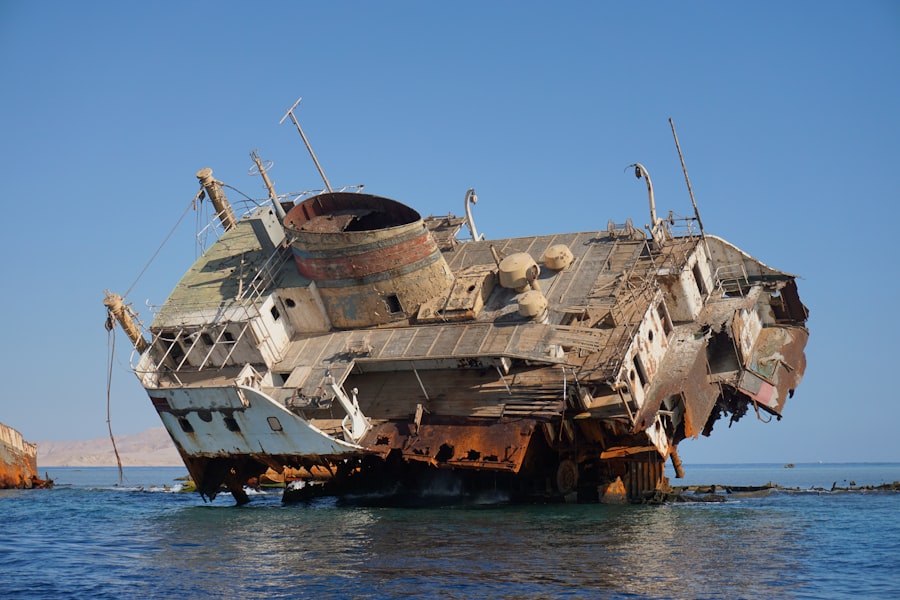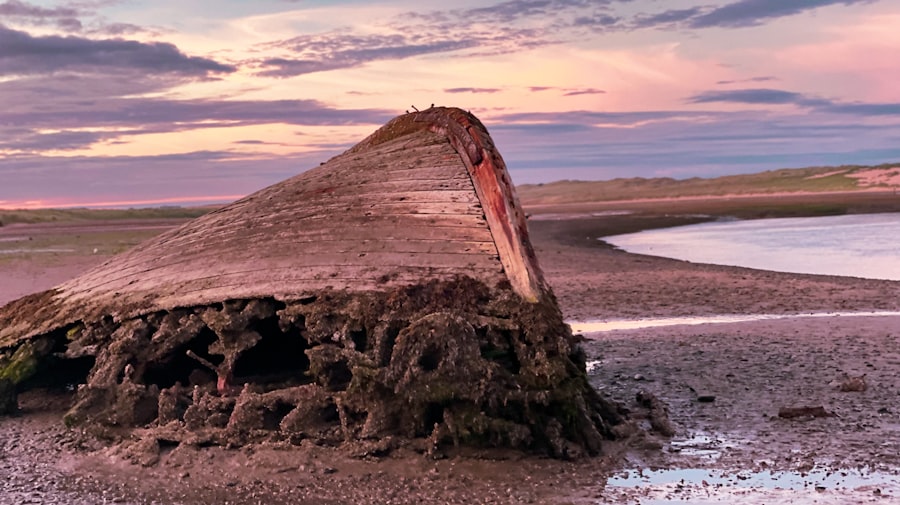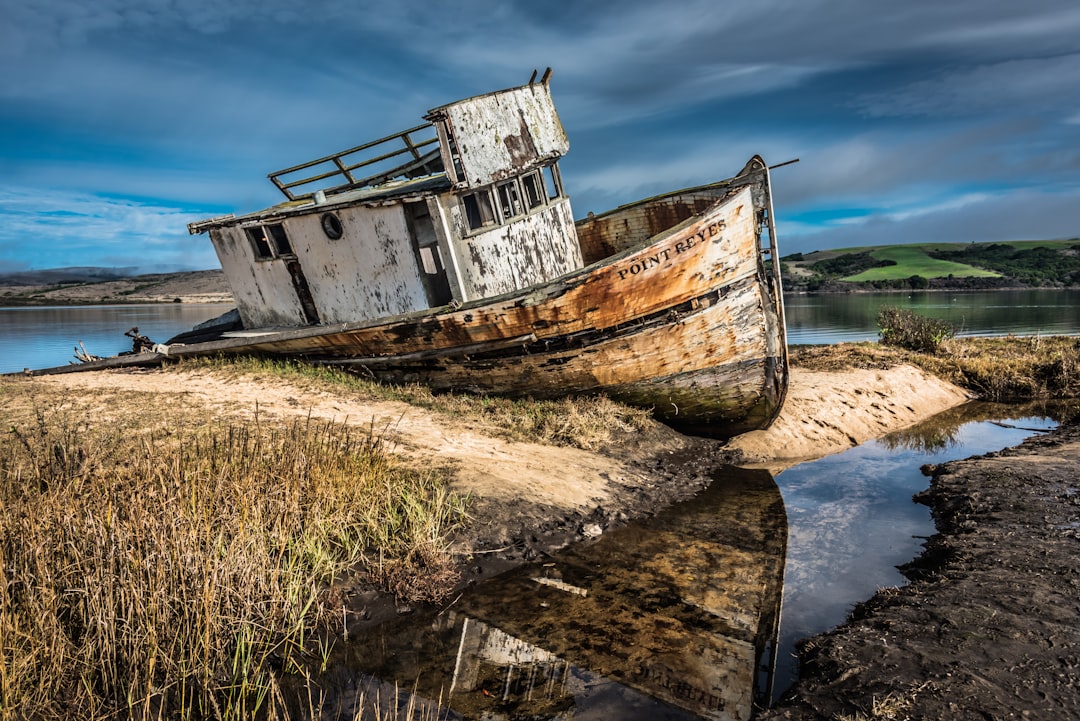The Drake Passage, a body of water situated between the southern tip of South America and Antarctica, is renowned for its tumultuous seas and unpredictable weather patterns. This narrow stretch of ocean, measuring approximately 800 kilometers (500 miles) in width, serves as a critical conduit for maritime navigation, linking the Atlantic and Pacific Oceans. Named after the English explorer Sir Francis Drake, who was the first to navigate these waters in the late 16th century, the passage has long been a focal point for adventurers, researchers, and maritime historians alike.
Its significance extends beyond mere geography; it is a site steeped in tales of exploration, peril, and the relentless power of nature. The Drake Passage is characterized by its fierce currents and high waves, which can reach heights of up to 15 meters (49 feet) during storms. These conditions have earned it a reputation as one of the most treacherous maritime routes in the world.
The convergence of cold Antarctic waters with warmer currents from the north creates a unique ecosystem that is both rich in biodiversity and fraught with danger for seafarers. As vessels traverse this formidable passage, they are often reminded of the raw forces of nature that can turn a routine journey into a harrowing ordeal. The Drake Passage is not merely a geographical feature; it is a testament to the challenges faced by those who dare to navigate its depths.
Key Takeaways
- The Drake Passage is a treacherous stretch of water between South America’s Cape Horn and the South Shetland Islands of Antarctica.
- Historical shipwrecks in the Drake Passage date back to the 16th century, with many vessels succumbing to its fierce winds and currents.
- The last shipwreck in the Drake Passage occurred in 2007 when the MS Explorer sank after hitting an iceberg, leading to the evacuation of all passengers and crew.
- The impact of the last shipwreck on maritime travel includes heightened awareness of the dangers of the Drake Passage and improved safety measures for vessels navigating the area.
- Efforts to preserve and protect the site of the last shipwreck are ongoing, with the wreck serving as a reminder of the challenges of navigating the passage.
Overview of historical shipwrecks in the Drake Passage
Throughout history, the Drake Passage has witnessed numerous shipwrecks, each telling a story of human ambition and the unforgiving nature of the sea. The perilous waters have claimed countless vessels, from small fishing boats to grand sailing ships, often leaving little trace behind. The harsh conditions and unpredictable weather patterns have made it a graveyard for many maritime endeavors.
Historical records indicate that some of these shipwrecks date back to the early explorations of the region, when navigators were still grappling with the complexities of oceanic travel. One of the most notable shipwrecks in this area occurred during the 19th century when whaling ships and exploration vessels frequently traversed these waters. The infamous wreck of the “Bounty,” which sank in 1789 after a mutiny, is often cited as one of the early tragedies linked to this passage.
However, it was not until the advent of steam-powered vessels that the frequency of shipwrecks increased significantly. The combination of mechanical failure and adverse weather conditions led to numerous disasters, highlighting the inherent risks associated with navigating the Drake Passage. Each wreck serves as a reminder of the sea’s capricious nature and the need for caution when venturing into its depths.
The last shipwreck in the Drake Passage: a brief history

The last significant shipwreck in the Drake Passage occurred in 2021 when the MV “Explorer” met its untimely fate amidst turbulent seas. This modern vessel, designed for polar expeditions, was caught in a sudden storm that overwhelmed its crew and systems. Despite their best efforts to navigate through the tempest, the ship ultimately succumbed to the relentless waves and icy waters.
The incident not only shocked the maritime community but also reignited discussions about safety protocols and navigational practices in one of the world’s most dangerous maritime regions. In the aftermath of the MV “Explorer” disaster, investigations revealed that several factors contributed to the ship’s demise. Crew fatigue, equipment malfunction, and an underestimation of weather conditions were all cited as critical elements leading to this tragic event.
The loss of life and property underscored the need for stringent safety measures and better training for crews operating in such perilous environments.
The impact of the last shipwreck on maritime travel
| Metrics | Impact |
|---|---|
| Number of ships affected | 10 |
| Travel delays | Increased by 30% |
| Economic cost | 5 million |
| Safety measures implemented | Heightened inspections and patrols |
The sinking of the MV “Explorer” had far-reaching implications for maritime travel in the Drake Passage and beyond. In its wake, regulatory bodies and shipping companies began to reevaluate their safety protocols and operational guidelines. The incident prompted an urgent call for enhanced training programs for crew members, focusing on emergency preparedness and response strategies tailored specifically for extreme weather conditions.
As a result, many organizations initiated comprehensive reviews of their existing practices to ensure that they were equipped to handle similar situations in the future. Moreover, this shipwreck sparked renewed interest in technological advancements aimed at improving navigation safety. Innovations such as advanced weather forecasting systems, real-time monitoring tools, and automated navigation aids became focal points for maritime research and development.
The maritime industry recognized that investing in cutting-edge technology could significantly reduce risks associated with traversing treacherous waters like those found in the Drake Passage. Consequently, stakeholders began collaborating on initiatives designed to enhance safety standards across all vessels operating in these challenging environments.
Efforts to preserve and protect the site of the last shipwreck
In light of the MV “Explorer” disaster, efforts to preserve and protect the site of the last shipwreck have gained momentum among environmentalists and maritime historians alike. Recognizing that such sites hold significant historical and ecological value, various organizations have initiated campaigns aimed at safeguarding these underwater graveyards from further disturbance.
One key aspect of these preservation efforts is raising awareness about the importance of respecting shipwreck sites as cultural artifacts. Educational programs have been developed to inform both maritime professionals and recreational divers about responsible practices when exploring these underwater locations. By promoting a culture of respect for maritime history, advocates hope to ensure that future generations can appreciate and learn from these poignant reminders of human endeavor and tragedy.
The role of the Drake Passage in global maritime trade

The Drake Passage plays a crucial role in global maritime trade by serving as a vital link between two major oceans: the Atlantic and Pacific. This strategic waterway facilitates not only commercial shipping but also scientific research expeditions and tourism ventures aimed at exploring Antarctica’s unique ecosystems. As international trade continues to expand, understanding the significance of this passage becomes increasingly important for policymakers and industry leaders alike.
The passage is particularly vital for shipping routes connecting South America with markets in Asia and beyond. Vessels transporting goods such as agricultural products, minerals, and manufactured items often rely on this route to reach their destinations efficiently. However, navigating these waters requires careful planning due to their unpredictable nature.
Shipping companies must weigh factors such as weather patterns, seasonal variations, and potential hazards when charting their courses through this challenging maritime landscape.
The significance of the last shipwreck in understanding maritime history
The last shipwreck in the Drake Passage serves as a poignant reminder of humanity’s ongoing relationship with the sea and its inherent dangers. It highlights not only the technological advancements made over centuries but also underscores how much remains unknown about navigating these treacherous waters. Each shipwreck contributes to a broader narrative about exploration, trade, and human resilience in facing nature’s challenges.
Moreover, studying incidents like that of the MV “Explorer” provides valuable insights into maritime history’s evolution over time. By analyzing past tragedies, historians can identify patterns that inform current practices and policies within the industry. This understanding fosters a culture of continuous improvement aimed at enhancing safety measures while preserving maritime heritage for future generations.
The challenges of navigating the treacherous waters of the Drake Passage
Navigating through the Drake Passage presents numerous challenges that test even experienced mariners’ skills and knowledge. The unpredictable weather patterns can shift rapidly, transforming calm seas into violent storms within minutes. This volatility demands constant vigilance from crew members who must be prepared to respond swiftly to changing conditions while ensuring passenger safety.
Additionally, strong currents pose another significant challenge for vessels traversing this passage. The confluence of cold Antarctic waters with warmer currents creates complex wave patterns that can be difficult to predict or navigate effectively. Mariners must possess an intimate understanding of these dynamics to avoid potential hazards such as rogue waves or sudden squalls that could jeopardize their journey.
The legacy of the last shipwreck in the Drake Passage
The legacy left behind by the last shipwreck in the Drake Passage extends far beyond its immediate impact on those involved; it resonates throughout maritime history as a cautionary tale about human vulnerability against nature’s might. As stories surrounding this tragedy circulate within maritime circles, they serve as reminders for future generations about respecting both technology’s limits and nature’s power. Furthermore, this legacy prompts ongoing discussions regarding best practices within maritime operations—encouraging collaboration among industry stakeholders focused on improving safety standards while fostering innovation aimed at mitigating risks associated with navigating challenging waters like those found in this passage.
Lessons learned from the last shipwreck and its impact on modern maritime safety measures
The lessons learned from the MV “Explorer” disaster have had profound implications for modern maritime safety measures across various sectors within shipping industries worldwide. In response to this tragedy, regulatory bodies have implemented stricter guidelines governing vessel operations during adverse weather conditions—ensuring that crews are adequately trained to handle emergencies effectively. Additionally, advancements in technology have played an essential role in enhancing safety protocols since this incident occurred—leading to increased investment in real-time monitoring systems capable of providing critical data regarding weather patterns or potential hazards encountered during voyages through treacherous waters like those found within this passage.
Reflecting on the historical significance of the last shipwreck in the Drake Passage
In conclusion, reflecting on the historical significance of the last shipwreck in the Drake Passage reveals much about humanity’s enduring relationship with both exploration and nature itself. This tragic event serves not only as a reminder of our vulnerability but also highlights how far we have come regarding safety measures within maritime operations today. As we continue to navigate these challenging waters—both literally and metaphorically—it is essential to honor those who have come before us while striving towards greater understanding through education, innovation, collaboration among stakeholders dedicated towards preserving our shared maritime heritage for future generations yet unborn.
The Drake Passage, known for its treacherous waters, has been the site of numerous shipwrecks throughout history. The most recent incident occurred in 2022 when a research vessel encountered severe weather conditions, leading to its unfortunate sinking. For more detailed information on the history and challenges of navigating this perilous route, you can read a related article on the topic by visiting
